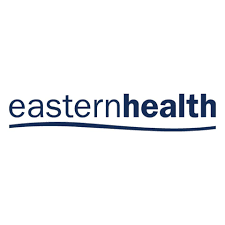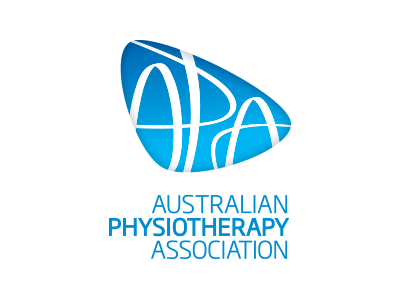Welcome to the Cancer Exercise Toolkit
Exercise rehabilitation is an essential part of management and recovery following cancer diagnosis. This is a resource designed to help health professionals develop and implement oncology rehabilitation programs in their clinic or health service.
Before exploring the website, test your knowledge with this short quiz.
*Please use Chrome for best functionality
Melbourne cancer patients are being prescribed hospital gym sessions mid-treatment to improve their recovery. The free program is helping sufferers get stronger – physically and mentally. #9News
Posted by 9 News Melbourne on Saturday, 21 December 2019






This toolkit was created by Dr Amy Dennett, A/Prof Catherine Granger, Dr Clarice Tang, Dr Christian Barton, Dr Christian Osadnik, Prof Nicholas Taylor and April Chiu. This project received funding from the Pat Cosh Trust. The Pat Cosh Trust was established in 2010 with funds bequeathed by the former Physiotherapy Board of Victoria (Australia) for the purpose of advancing education of all Victorian (Australia) physiotherapists.
For a full list of contributors and acknowledgements – follow link.
Statement of Intent
These resources are not intended to serve as a prescribed standard of medical care. Standards of care are determined on the basis of all clinical data available for an individual patient and are subject to change as scientific knowledge and technology advance and patterns of care evolve. These resources have been developed to inform practice and should be considered guidance only. Following advice on this site will not ensure a successful outcome in every patient, nor should it be construed as including all proper methods of care or excluding other acceptable methods of care aimed at the same results. The ultimate judgment regarding a particular clinical procedure or treatment plan must be made by the clinician, based on clinician experience, expertise and in light of the clinical presentation of the patient, the available evidence, available diagnostic and treatment options, and the patient’s values, expectations, and preferences.

